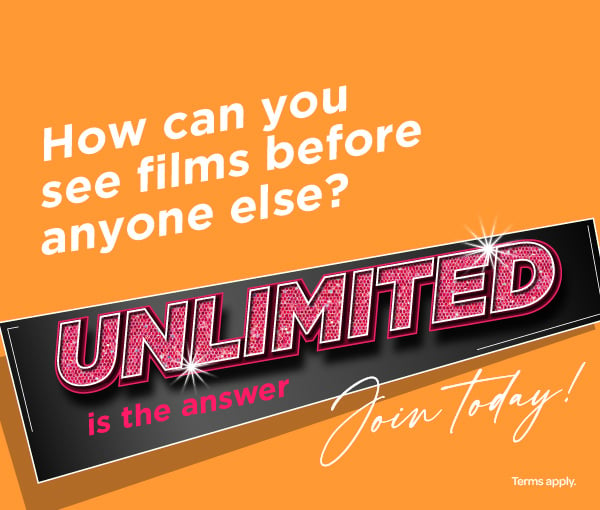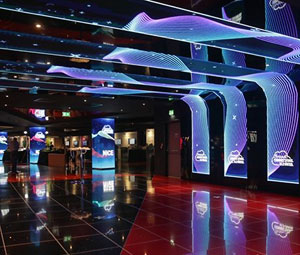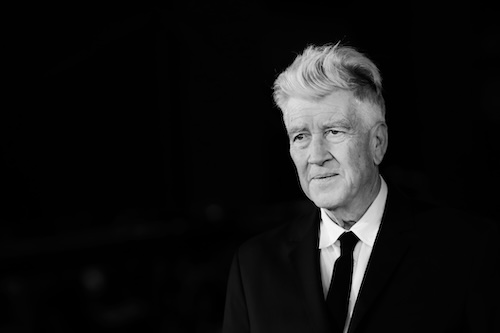
The movie industry is mourning the loss of the iconoclastic and fiercely singular filmmaker David Lynch, who has passed away at the age of 78.
Lynch was renowned for his ability to harness the angular and menacing qualities of the lucid dream, translating his dark reveries into cinematic tapestries of art that stunned and appalled in equal measure.
Lynch was a fascinating individual of contradictions. Having experienced a peripatetic childhood circumnavigating the small towns of the USA, he was well-positioned to assimilate the rhythms of rural American life, but in a deeply twisted fashion. Despite his often grotesque imagery, in the public eye, he was genial and upbeat with a James Stewart-style chirp, although quick to defuse any academic reading of his work. "The film should speak for itself," he often said.
To mark the passing of this idiosyncratic director, we've picked out some of the unforgettable images from his career that have stayed with us for decades.
1. The baby from Eraserhead (1977)
Lynch described his debut feature as "a dream of dark, disturbing things". Such a mantra would come to define his career: even when Lynch jettisoned narrative sense, there was always an emotional impetus to his work that bypassed logic to speak to us on an instinctive level.
Eraserhead is the memorably nightmarish story of Jack Nance's drone who ekes out a living amid an industrial hellscape. The ever-present background drone would become another hallmark of Lynch's work, and the reveal of the humanoid, baby-like creature is one of the most horrific images of its day. What does it convey, exactly? That's anyone's guess, but it sure conveys something.
2. The funfair from The Elephant Man (1980)
Lynch's humane masterpiece was formed from an unlikely union with Mel Brooks – yes, the satirical master behind the likes of Blazing Saddles! (1973) and Young Frankenstein (1974). Brooks fought hard for Lynch to maintain his Gothic black-and-white vision of the story of John Merrick, the tragic Victorian figure distinguished by Proteus syndrome that distorted his body.
The powerful film looks beyond Merrick's outer experience to explore his sensitive inner soul, impeccably rendered by actor John Hurt in a career-best performance. Although the film is a tear-jerker from a director not renowned for such things, the opening is distinctly Lynchian: a Victorian funfair rendered as a mechanical hellscape where Doctor Frederick Treves (Anthony Hopkins) first stumbles upon the exploited Merrick and brings him back to his hospital.
3. Frank Booth's oxygen tank from Blue Velvet (1986)
Lynch bounced back from the critical failure of his Dune adaptation in 1984 with a career-defining work that cemented all of his cinematic neuroses. Blue Velvet takes the hatchet to outwardly placid American suburbia, diving beneath the white picket fences and immaculately tendered lawns to expose the monstrous bugs lurking below.
This is an apt metaphor for what is to come as Kyle McLachlan's naive student Jeffrey investigates the mystery surrounding a severed ear. He then comes into contact with nightclub singer Dorothy Vallens (Isabella Rossellini) who is being brutalised by the monstrous, oxygen-dependent killer Frank Booth (Dennis Hopper in what is surely one of the most terrifying performances to grace a film). Hopper was insistent on his casting, even going so far as to tell Lynch, "I AM Frank".
4. The red room from Twin Peaks (1990-1991)
Twin Peaks revitalised network television in the 1990s, fusing Lynch's now-familiar surrealism with the trappings of a procedural FBI mystery, in turn inspiring a number of later shows ranging from The X Files to CSI. A collaboration between Lynch and writer Mark Frost, Twin Peaks dances on that tightrope between absurdism and menace, deconstructing the rituals of rural Americana while suggesting the dark, arcane arts that lurk just out of sight.
The show revolves around the disappearance of young woman Laura Palmer (Sheryl Lee), a puzzle that would be wrapped up in the demonic and underrated sequel/prequel film Twin Peaks: Fire Walk With Me (1992). However, the image everyone is likely to remember is Michael J. Anderson's backward-dancing character in the infamous red room – only Lynch was able to get away with breaking linear reality for such odd, and oddly disturbing, flights of fancy.
5. The mystery man from Lost Highway (1997)
Lynch was an expert at evoking fear amid broad daylight and it often relates to the subtle shifting of the soundscape. His confounding neo-noir identity thriller Lost Highway continues to divide opinion but it does contain several of the director's most audacious sequences, spiralling off from the moment when the identity of Bill Pullman's jazz musician splits in two after the brutal murder of his wife.
This is anticipated by an especially spine-tingling moment when Pullman's character is greeted by Robert Blake's mystery man at an upscale Los Angeles party. Surely no harm can come in a room full of people. Lynch typically and delightfully confounds our expectations to dim the dietetic sound as Blake approaches Pullman, inviting the sense that we've crossed the rubicon into the realm of pure nightmare.
6. The lawnmower from The Straight Story (1999)
It says a lot about Lynch's career that the movie he describes as his "most unusual" is perhaps his most straightforward, in every sense of the word. The beautiful odyssey The Straight Story invokes tears of empathy where Blue Velvel invites fear and Twin Peaks, confusion. It's based on the true story of old geezer Alvin Straight who rode a lawnmower across American state lines to be with his ailing brother, from whom he was long estranged.
Veteran stuntman turned actor Richard Farnsworth (in his final role) delivers a breathlessly moving performance as the unerringly decent Alvin whose own backstory unspools on his snail-like journey in line with the people he meets. Resplendent in the autumnal colours and rhythms of the American interior with a gorgeous rustic score from Lynch's regular collaborator Angelo Badalamenti, it's arguably the director's most accessible film.
7. The Winkie's diner from Mulholland Drive (2001)
This scene has regularly been voted among the scariest of all time and for good reason. It's an apparently disconnected vignette lurking within Lynch's ambitiously staged Tinseltown nightmare, but as ever, repeat viewings of Mulholland Drive help the viewer stitch the pieces together. As to a definitive reading of the text, well, Lynch is never one to offer himself up.
Instead, Mulholland Drive invites you into its off-kilter embrace as it melds a critique of Hollywood casting couch culture with an amnesiac identity mystery and, finally, a shattering illustration of thwarted dreams. Shot in multifaceted shades of shadow by Peter Deming with Angelo Badalamenti again providing insidious, creepy support on the soundtrack, Mulholland Drive remains one of Lynch's inscrutable masterpieces, buoyed by a career-best turn from Naomi Watts.
8. The rabbits from INLAND EMPIRE (2006)
Lynch's final feature film (he did go on to make short films and art after this) is one of his most challenging. Those willing to go with it will uncover a dark journey into the heart of darkness, all centering around an actress played by Laura Dern, who marks her third collaboration with Lynch following Blue Velvet and Wild at Heart (1990). The director described it as little more than the story of "a woman in trouble".
There's little point attempting to unpack the plot – as with the majority of Lynch's efforts, this isn't a film of meaning but of feeling. At three hours in length and with a scrungy digitised aesthetic, INLAND EMPIRE (the capitals are deliberate) will leave one's brain reeling. As with all of Lynch's movies, there's at least one image that will stick with the reader, and in this case, it involves a particularly unsettling group of oversized rabbits (spun off from Lynch's 2002 short film series of the same name). We don't know what it means but deep down, we kind of understand it (we think).
To hear more from several leading filmmakers, visit the link below as we canvas their thoughts on the magic of the big-screen experience.
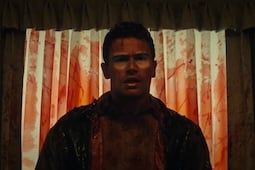
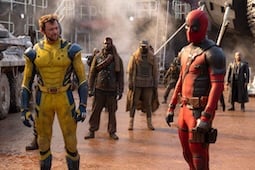



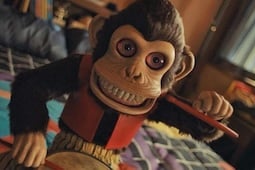
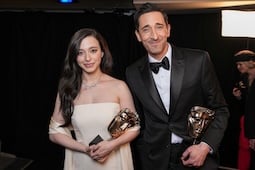
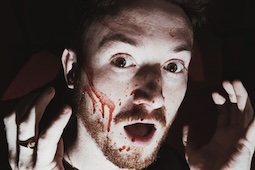
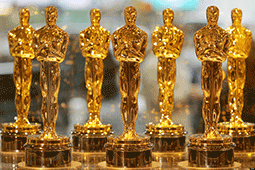
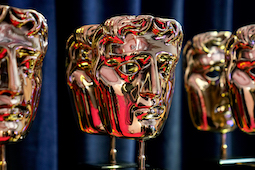



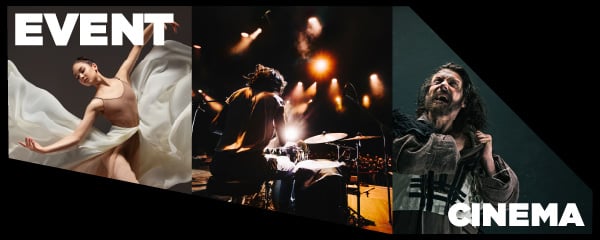
.jpg)
.png)

